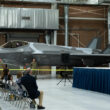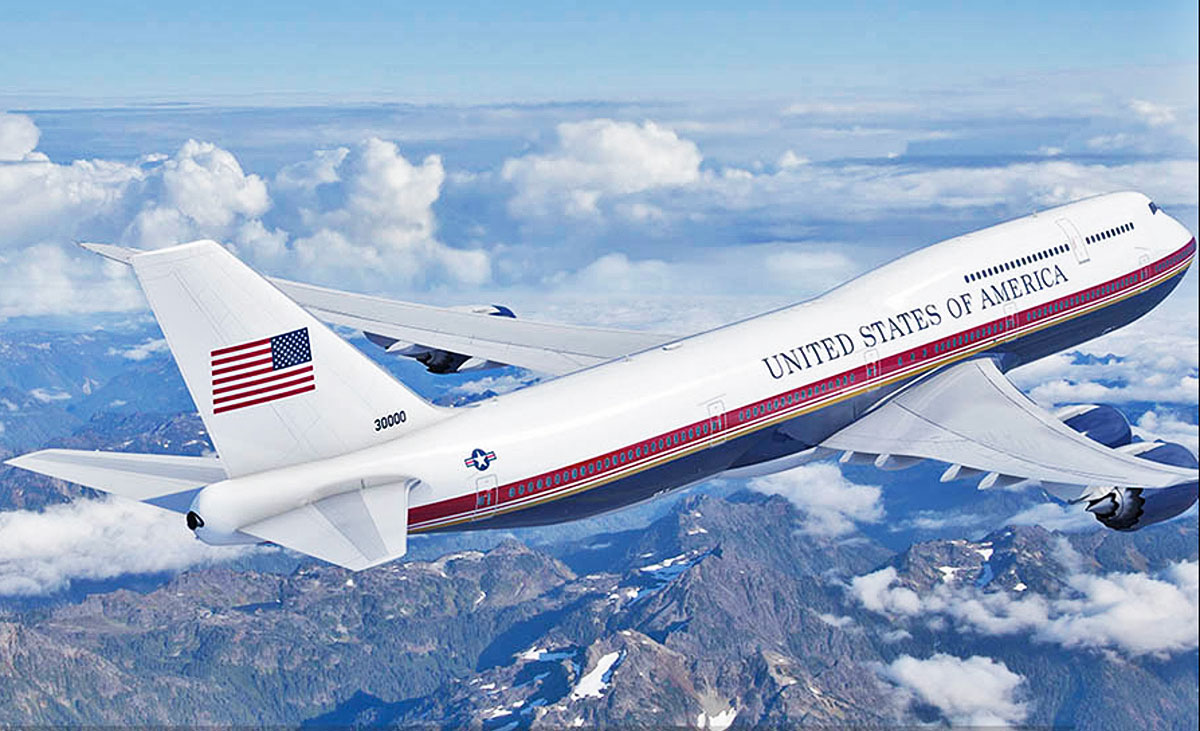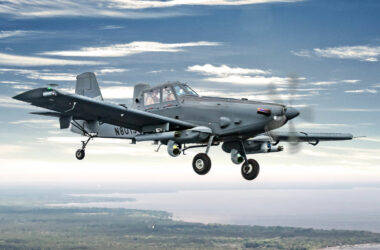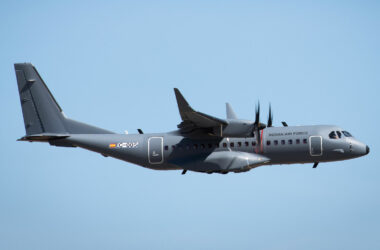In the event that the United States suffers a nuclear attack, one of the first actions of the Air Force would be to put in the air the four-engine Boeing E-4B Nightwatch. Commonly called “Doomsday Aircraft”, they serve as command air posts from which the US military can safely organize a counterattack. However, these jets are already quite old, so fleet renewal is an urgent agenda in Washington.
In service with the US Air Force (USAF) since 1974, the E-4Bs are derived from the Boeing 747-200, one of the first versions of the classic Jumbo. They are also one of the highest operating cost aircraft in service in the country: each flight hour of the device costs about $147,000 and that figure increases as the planes age. In all, the US operates four models of the type, which are always kept in readiness – which further expands the cost.
Military experts heard by Politico advocate the rapid replacement of E-4Bs. “(The USAF and Congress) need to be very realistic about this recapitalization,” said Douglas Birkey, executive director of the Mitchell Institute for Aerospace Studies, “or they will see some very serious risks” if they continue to operate the aircraft any longer.
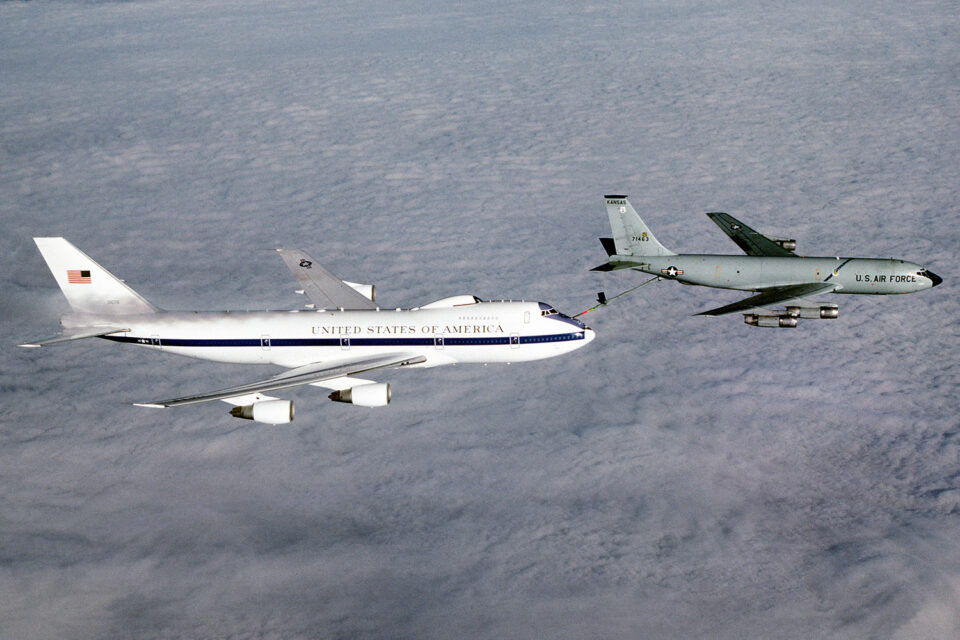
Substitute under study for years
The replacement of the E-4Bs has been delayed for nearly 20 years. However, with Russia’s invasion of Ukraine, the issue gained strength again in the US. Responding to the outlet, Colonel Brian Golden, head of the National Center for Airborne Operations, the USAF unit responsible for operating and maintaining the four Nightwatch, said a $203 million budget request to begin the aircraft replacement process must be submitted. to Congress by the last quarter of 2022.
According to the publication, the project is confidential, but public documents show that the USAF has carried out at least 16 market surveys with the American aircraft industry since 2020, suggesting that the program may be underway.
The only known requirement is that the air force intends to choose a commercial aircraft and modify it to survive the effects of a nuclear blast, as well as add advanced satellite communication and defense systems.
Even though the E-4B replacement program receives the USAF’s intended funding this year, the new planes won’t be delivered until 2027, which means existing models are expected to continue flying for nearly 60 years.
Politico also points out that the USAF missed the timing to order new models for the role based on the Boeing 747-8, an aircraft that is close to being discontinued. If it chooses the most modern version of the Jumbo, the air force will have to resort to second-hand copies, which makes the project even more complex.
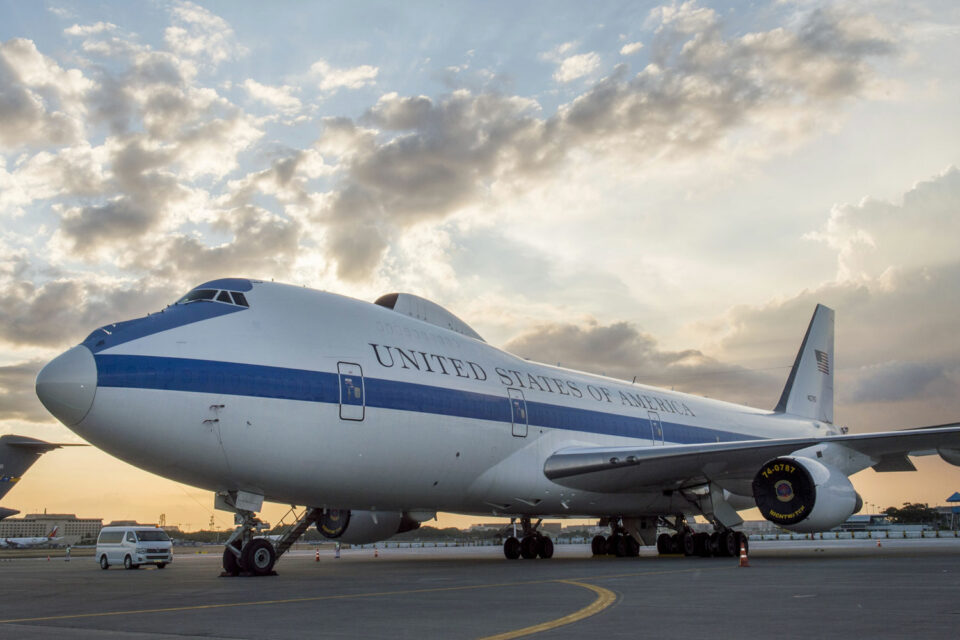
Bunker with wings
The E-4B can accommodate a crew of up to 112 people, including government staff and military officers. The aircraft also has special protections to resist electromagnetic pulses caused by a nuclear explosion and active and passive countermeasures against missile attacks. Another interesting fact about Nightwatch is its ability to remain in the air for 72 uninterrupted hours with the aid of aerial refueling planes.
In times of peace, E-4Bs serve as the US Secretary of Defense’s preferred mode of transport on overseas flights. Nightwatch also usually accompanies Air Force One, the American presidential plane, on national and international trips, but always lands at another airport, to be ready in case a crisis occurs.
Russia is another country that also has special planes to face the “end of the world”, the four-engine Ilyushin Il-80. Like the Americans, the Russians also want to replace their jets with more advanced models in the coming years. These are great business opportunities for manufacturers, but also an indication that the nuclear threat persists.


